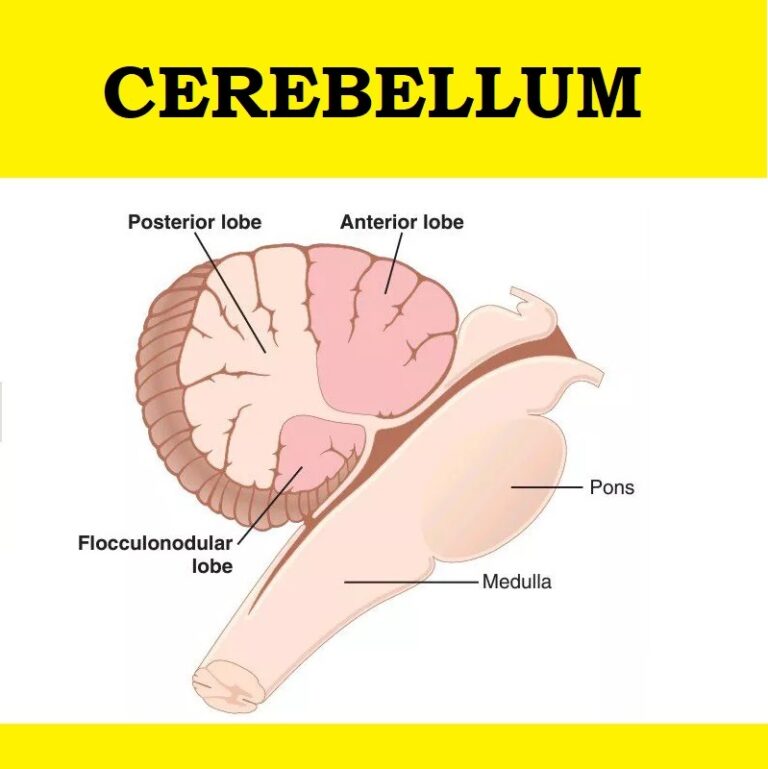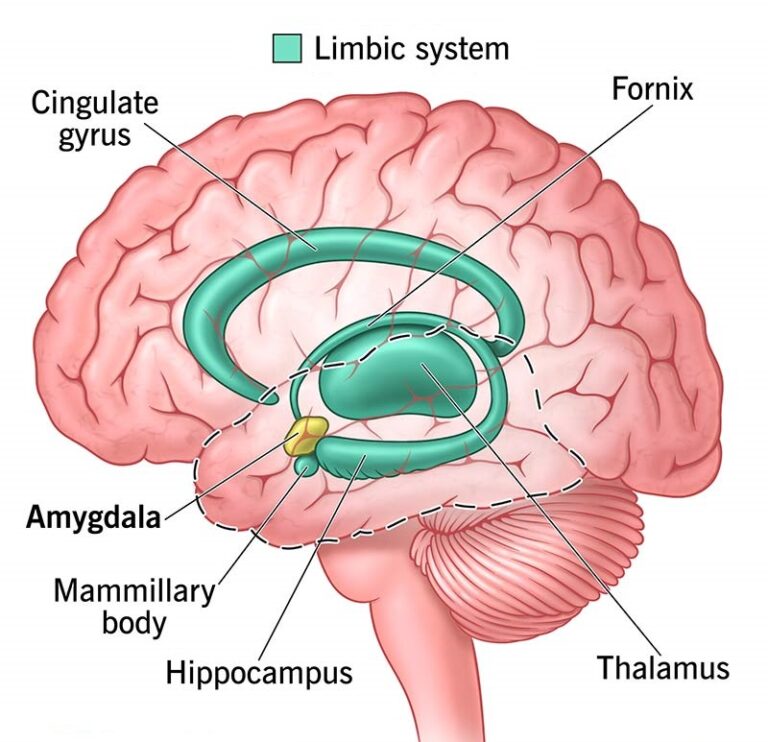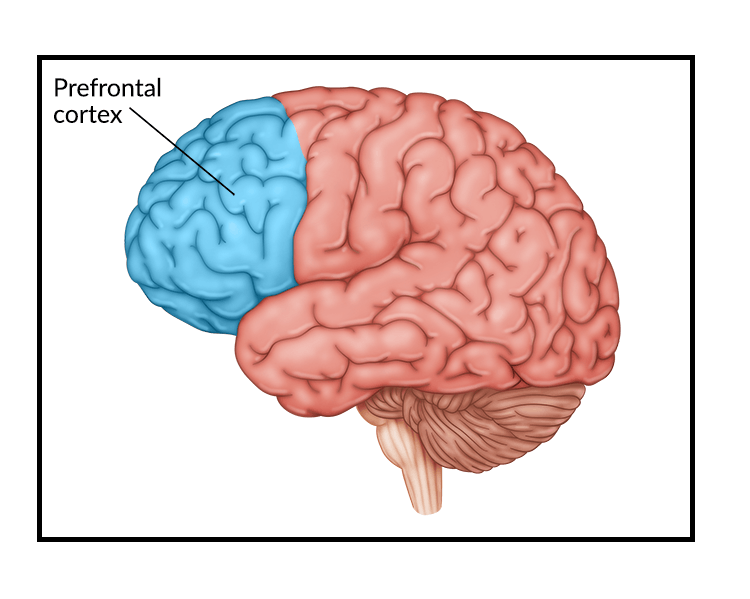
Psychological Thought in the Bhagavad Gita: An Eastern Foundation for Psychology
The Bhagavad Gita, a revered text in Indian philosophy, has significantly influenced psychological thought and practice. As a philosophical and spiritual guide, it provides profound insights into the human psyche and behavior, making it a foundational text for understanding Eastern psychology. Its relevance transcends time, offering valuable tools for navigating modern psychological challenges.
The Bhagavad Gita in the Context of Psychology
1. Emergence of Psychology in Eastern Thought
While modern psychology formally emerged in the West during the late 19th century, the principles outlined in the Bhagavad Gita reflect an advanced understanding of the human mind long before. The Gita emphasizes:
- Self-awareness: Recognizing the distinction between the ego and the true self (Atman) (Ranganathan, 2011).
- Behavioral regulation: Guiding individuals to act ethically and with mindfulness (Prabhupada, 1986).
- Emotional intelligence: Managing emotions like fear, anger, and grief through detachment and wisdom (Paranjpe, 1998).
The Gita’s psychological relevance lies in its holistic perspective. Unlike Western psychology, which often focuses on the mind alone, the Gita integrates the mind, body, and spirit, emphasizing their interconnectedness.
Psychological Principles in the Bhagavad Gita
1. The Nature of Inner Conflict
The Gita begins with Arjuna’s psychological turmoil, representing the universal experience of inner conflict. Arjuna’s hesitance to fight in the Kurukshetra war symbolizes:
- Decision paralysis: Fear of making morally complex choices (Dasgupta, 1992).
- Role conflict: Balancing personal desires with social and ethical responsibilities.
Lord Krishna’s response provides a therapeutic framework for resolving inner conflict:
- Encouraging introspection.
- Offering cognitive reframing (e.g., seeing challenges as opportunities for growth).
2. The Three Gunas: Psychological Framework for Personality
The Bhagavad Gita introduces the concept of gunas, the fundamental qualities influencing human behavior:
- Sattva (Harmony): Associated with purity, wisdom, and calmness.
- Rajas (Passion): Linked to ambition, energy, and restlessness.
- Tamas (Inertia): Reflects ignorance, laziness, and stagnation.
Table: Characteristics of the Gunas
| Guna | Behavioral Traits | Psychological Implications |
|---|---|---|
| Sattva | Clarity, compassion, mindfulness | Promotes balance, ethical living, and wisdom. |
| Rajas | Ambition, desire, agitation | Drives action but can lead to stress. |
| Tamas | Laziness, confusion, resistance | Causes stagnation and depression. |
Understanding these gunas allows individuals to identify and modify their dominant traits, promoting psychological growth and emotional balance (Rao, 2002).
3. Nishkama Karma: The Art of Detached Action
The Gita’s concept of Nishkama Karma (action without attachment to results) offers a psychological tool for reducing stress and anxiety:
- Key Principle: Focus on effort, not outcomes.
- Relevance in Psychology: Aligns with modern theories of mindfulness and intrinsic motivation.
Practical Example: A student preparing for exams is advised to concentrate on learning (effort) rather than obsessing over grades (outcomes), reducing performance anxiety (Paranjpe, 1998).
4. Self-Realization: Beyond the Ego
The Gita highlights the journey toward self-realization as the ultimate psychological goal:
- Ego vs. Atman: It differentiates between the ego (temporary identity) and the Atman (eternal self) (Ranganathan, 2011).
- Implication in Therapy: Encourages individuals to transcend ego-driven concerns, fostering a deeper sense of purpose and connection.
This aligns with Maslow’s hierarchy of needs, where self-actualization represents the pinnacle of psychological development (Maslow, 1943).
5. Meditation and Mind Control
The Bhagavad Gita advocates dhyana (meditation) as a tool for mastering the mind:
- Benefits: Enhances focus, reduces anxiety, and fosters emotional stability.
- Modern Validation: Meditation practices rooted in the Gita have been integrated into therapeutic approaches like Mindfulness-Based Stress Reduction (MBSR) (Kabat-Zinn, 1990).
Table: Benefits of Meditation According to the Bhagavad Gita
| Aspect | Impact |
|---|---|
| Emotional Health | Reduces stress and enhances calm. |
| Cognitive Function | Improves focus and decision-making. |
| Spiritual Growth | Fosters inner peace and awareness. |
The Bhagavad Gita’s Relevance to Modern Psychology
1. Stress Management
In today’s high-pressure environments, the Gita’s teachings on detachment and mindfulness provide practical tools for managing stress and anxiety.
2. Ethical Decision-Making
The Gita emphasizes dharma (duty), offering guidance for ethical dilemmas in personal and professional life. This resonates with modern discussions on organizational ethics and leadership (Paranjpe, 1998).
3. Holistic Well-Being
The integration of physical practices (like yoga), mental discipline, and spiritual insight in the Gita aligns with the holistic approaches gaining popularity in contemporary psychology.
Final Thoughts
The Bhagavad Gita is not merely a religious or philosophical text; it is a profound psychological manual that addresses the complexities of the human experience. Its teachings on inner conflict, personality traits, detachment, and self-realization remain timelessly relevant. By integrating these principles into modern psychological practices, individuals can cultivate resilience, clarity, and a deeper sense of purpose.
The Bhagavad Gita reminds us that true psychological well-being lies in harmonizing our actions, thoughts, and inner selves with a higher purpose, a message that resonates universally across time and cultures.
References
- Dasgupta, S. (1992). A History of Indian Philosophy. Motilal Banarsidass.
- Kabat-Zinn, J. (1990). Full Catastrophe Living: Using the Wisdom of Your Body and Mind to Face Stress, Pain, and Illness. Delacorte.
- Maslow, A. H. (1943). A Theory of Human Motivation. Psychological Review, 50(4), 370–396.
- Paranjpe, A. C. (1998). Self and Identity in Modern Psychology and Indian Thought. Springer.
- Prabhupada, A. C. B. S. (1986). Bhagavad Gita As It Is. Bhaktivedanta Book Trust.
- Ranganathan, S. (2011). The Bhagavad Gita: A New Translation. Penguin Classics.
- Rao, K. R. (2002). Consciousness Studies: Cross-Cultural Perspectives. Indian Council of Philosophical Research.







